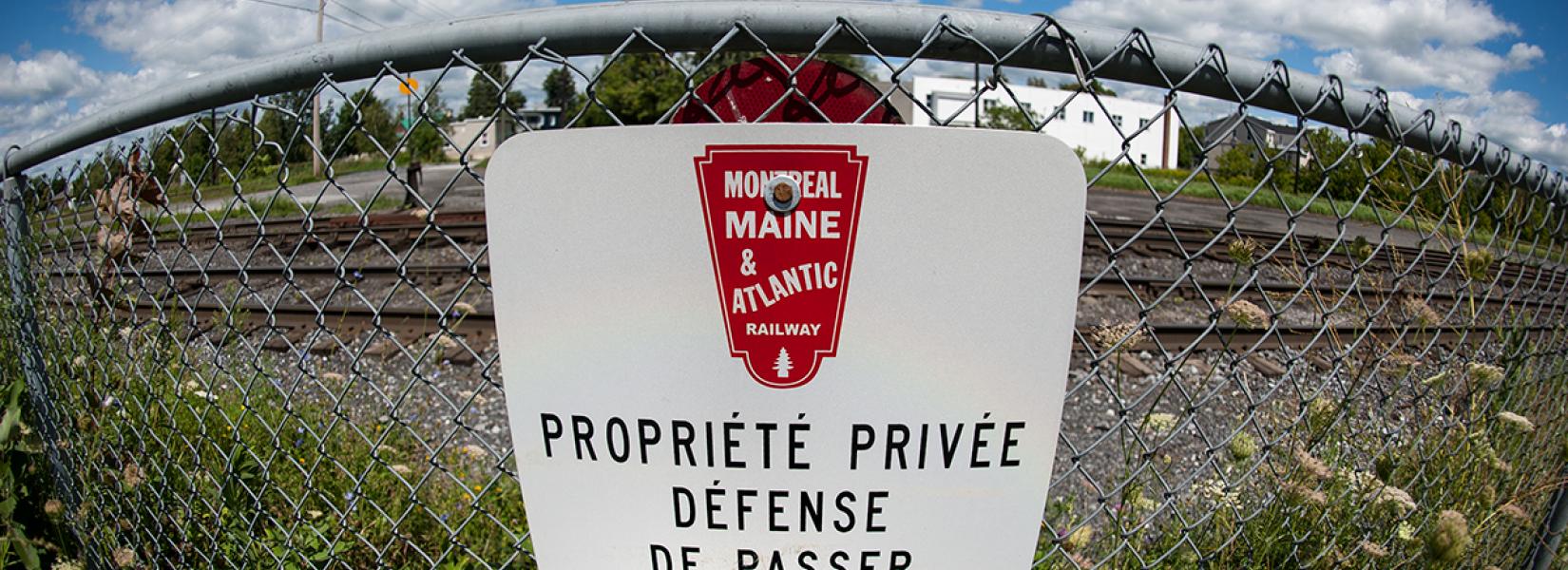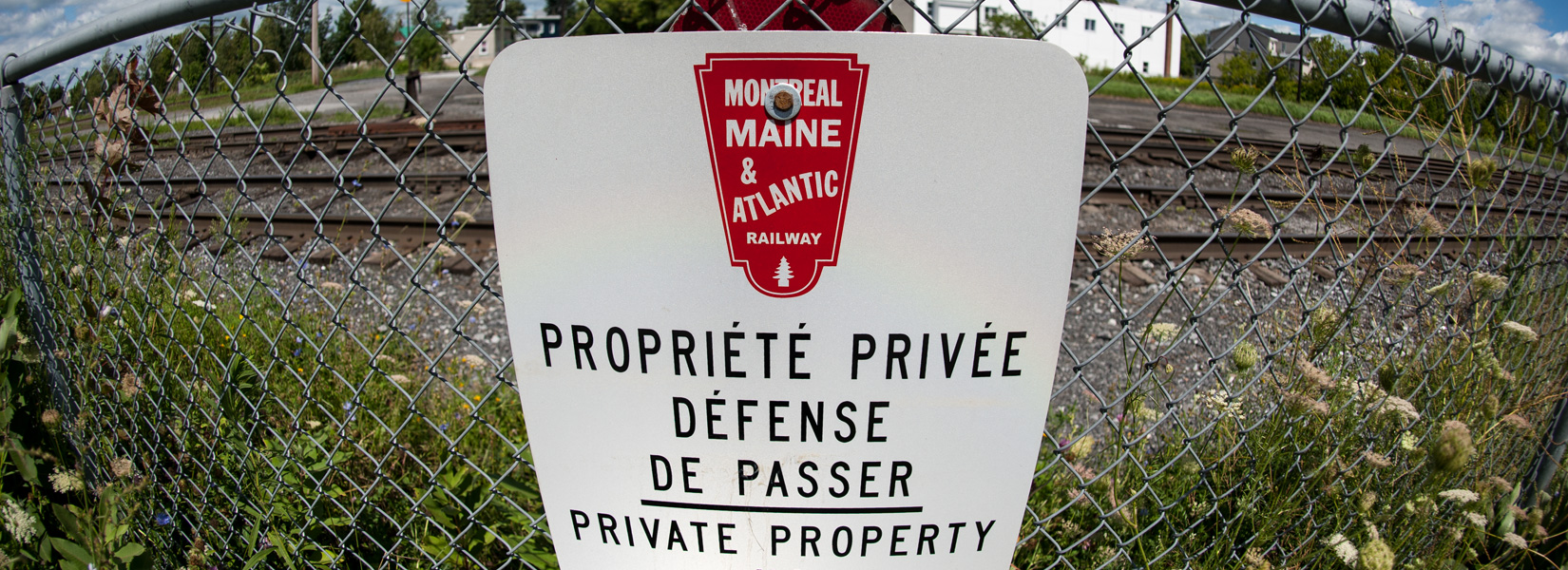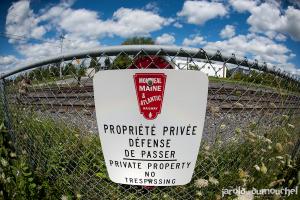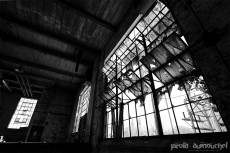The place is big, very big. While the building is nearly 200,000 square feet, the site, meanwhile, is over than 430,000 square feet in an agricultural area of Saint-Jean-sur-Richelieu. For those interested, the site is for sale and the current...
The Montreal Maine & Atlantic Railway company
Bankruptcy and other disasters
Well, to be honest, the railway Montreal Maine & Atlantic Railway site we visited is not a real urbex site. At least not yet. But between you and me, it should not take long.
A story that everybody hear about
Whether you live in Quebec or not, you've probably heard of this tragedy in Lac-Megantic where a railway convoy of the Montreal Maine & Atlantic Railway (MMA) has literally destroyed the city in an explosion that killed more than 47 people. Since then, the company faces prosecution, had to be placed itself under the bankruptcy protection law and its poor crisis management has enrages all the country.
In short, the company is in big trouble and, after fired most of its employees, it is unclear how the company will get out of this situation. The many sites owned by the company are now deserted and many of them were vandalized by an angry population that holds the company responsible for the tragedy.
There was therefore no one during our visit in this Saturday afternoon, and even if we found few buildings (which will surely be abandoned in the coming weeks), we rather focused on trains and different rusted structures we could find on the site. I will have the chance to come back for the buildings by the end of summer when the activity of the company will be completely stopped.
This choice was the good one, because several trains could be visited. While some structures had no interest, others against, were very informative. So here is some pictures of this little trip where I will, for sure, be back in the coming weeks.
Related content
Located a few kilometers from the municipality of Calzadilla de los Barros and its 850 inhabitants, the abandoned aerodrome dates from before the Spanish Civil War which took place from 1936 to 1939 with the victory of General Franco.
It...
Built in the early twentieth century, the former Canada Malting plant has a dozen gigantic silos of 37 meters high. The oldest was built in 1905. Hundreds of employees worked there after the Second World War, until the closure of the factory at...
It's over 92 years of industrial history that ended in 2004 when the Spexel factory was closed down. The story of this plant start in 1912 when is built the paper mill, which took the name of Howard Smith Paper Mill. Over the following years, the...



















